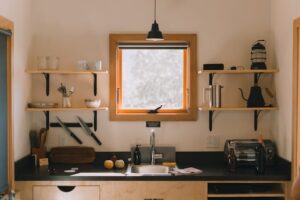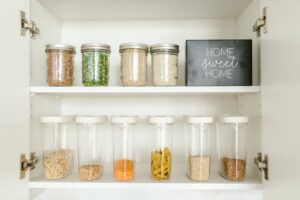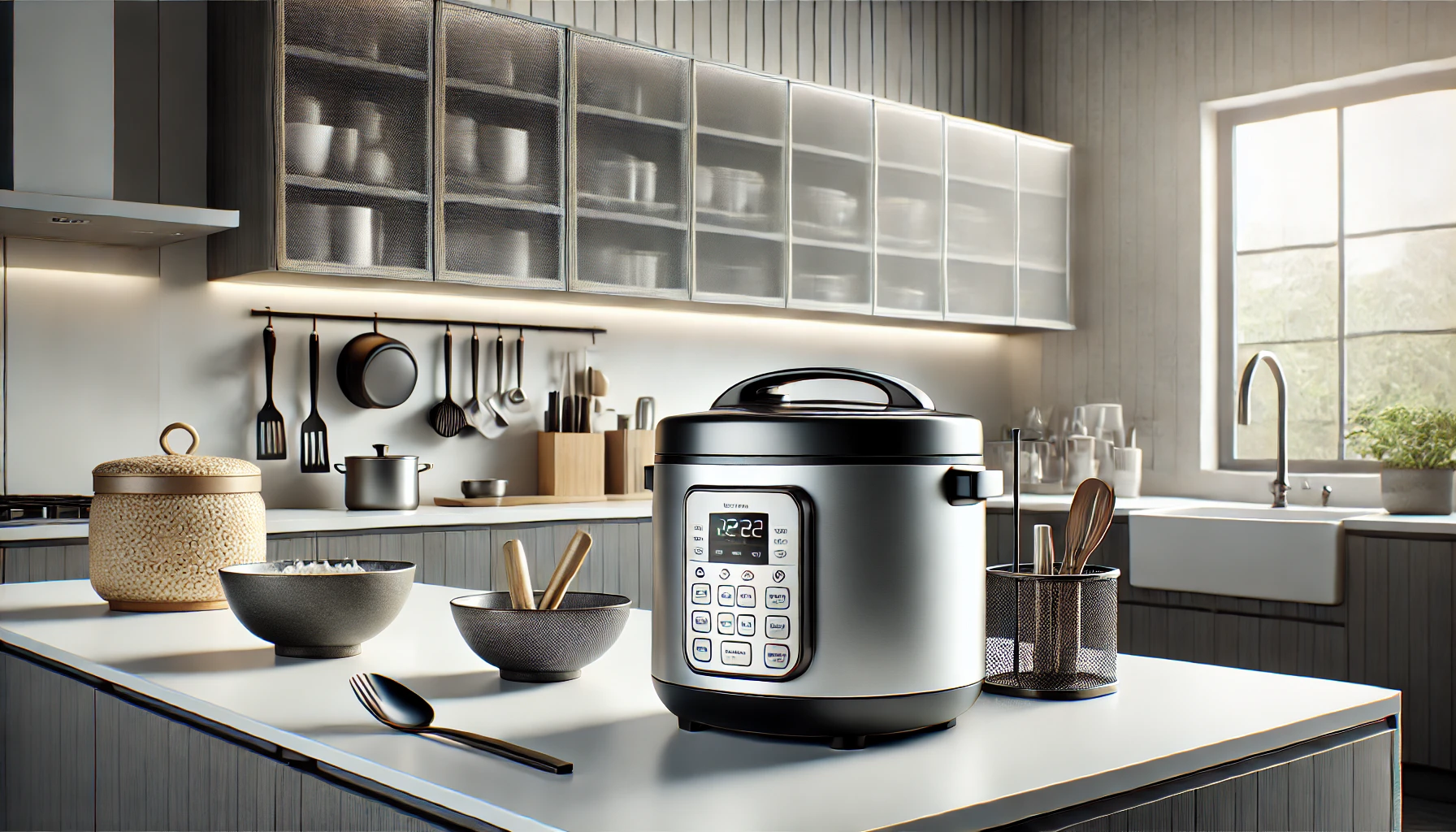Kitchen Rice Cooker Revit Model
Revit modeling has started a movement that has improved the design of architectural and product design 3D modeling for designers. Be it professional remodeling of a detailed Kitchen Rice Cooker Revit Model layout by a pro or skills training by a college student. Who wants to be BIM-skilled, making real-life appliances, e.g., a Kitchen Rice Cooker Revit Model, also adds the visual dimension of physicality to the project.
This guide walks you through creating a high-quality kitchen rice cooker Revit model and offers valuable insights and resources to refine your skills.
Understanding the Basics of Revit Modeling
But it is a good risk to undertake before learning the specifics of rice cooker modeling. The first step is to get the ideas of Revit’s core principles. Revit is a Building Information Modeling (BIM) software that empowers designers to build smart 3D models. Traditional design tools like CAD limit architecture development to be non-complex, while Revit is a program that lets you make models smart enough for them to be perfect in the whole project.
Why Use Revit for Appliance Modeling?
- Enhanced Collaboration: Revit allows multiple users to work simultaneously, making it ideal for team projects.
- Accuracy: With precise dimensions and parameters, Revit ensures every model fits perfectly within your design.
- Realism: Advanced rendering tools make it possible to create photorealistic visualizations of appliances, including rice cookers.
If you’re new to Revit, start with the basics: understanding families, templates, and tools like extrusion, sweeps, and revolve.

Key Steps to Model a Rice Cooker in Revit
1. Create a New Family
To begin, open Revit and start a new family. Families in Revit act as building blocks for creating components that can be reused across projects. For a rice cooker:
- Choose a Generic Model template to allow maximum flexibility.
- Save your work frequently as you proceed through the modeling process.
2. Sketch the Basic Shape
Start by sketching the outer shape of the rice cooker:
- Use tools like Line, Arc, and Circle to draw a 2D profile of the cooker, including its body, lid, and handle.
- Pay close attention to proportions. Reference real-world measurements for accuracy.
3. Extrude the Solids
Once the sketch is complete:
- Use the Extrusion tool to create 3D solids from your 2D shapes.
- Add thickness to the body, lid, and handle to replicate the cooker’s physical dimensions.
4. Add Smaller Details
Details make your model stand out. Use additional sketches and extrusions for:
- Buttons and knobs: Incorporate the control panel, ensuring placement aligns with reference images.
- Power cord: Model a small yet realistic power cord to enhance authenticity.
- Display screen: Add a digital screen with placeholders for text or graphics.
5. Assign Materials
Materials are essential for realism:
- Apply materials like plastic for the body, metal for the inner pot, and glass for any transparent components.
- Use Revit’s Material Browser to assign properties such as color, texture, and reflectivity.
6. Create Parameters
Parameters allow customization:
- Define adjustable parameters for dimensions, materials, and visibility settings.
- For example, you can create a parameter to toggle between different sizes of rice cookers.

7. Load the Family into Your Project
After completing your model:
- Load the family into your kitchen project.
- Place the rice cooker in multiple locations to test its interaction with surrounding elements.
Advanced Techniques for Realistic Rendering
Revit’s rendering tools can transform a basic model into a photorealistic visualization. Here’s how to enhance your rice cooker model:
1. Ray Tracing
Enable ray tracing for realistic light and shadow effects. This feature simulates how light interacts with materials, adding depth to your model.
2. Material Libraries
Use pre-built material libraries for quick application of textures:
- For instance, apply a brushed metal texture to the cooker’s pot and a matte finish to its body.
3. Lighting Setup
Set up ambient lighting to highlight your model’s features. Use spotlights or natural lighting to create shadows and reflections that add realism.
4. Post-Processing
After rendering, use post-processing tools to adjust brightness, contrast, and color balance. This step is particularly useful for presentation purposes.
Tips for Creating an Accurate and Attractive Model
- Use Reference Images: Gather high-quality images of rice cookers from multiple angles to guide your design.
- Pay Attention to Scale: Ensure your model fits proportionally within the kitchen layout. A rice cooker that’s too large or small can disrupt the design’s flow.
- Test and Refine: Place your model in different kitchen layouts to test its appearance and interaction with other objects.
- Leverage Online Communities: Join BIM forums and groups to learn from experienced Revit users.
Challenges and How to Overcome Them

1. Achieving Realistic Details
While modeling intricate components like buttons or a digital screen can be challenging, using Revit’s Detail Line tool can help you add precise details without overloading the model.
2. Ensuring Compatibility
If your rice cooker model needs to interact with other components, ensure you follow BIM standards for dimensions and materials. Use shared parameters for seamless integration.
3. Balancing Detail with Performance
Highly detailed models can slow down Revit’s performance. Strike a balance by prioritizing visible details while simplifying hidden components.
Recommended Online Resources
1. Revit City
A popular platform for Revit enthusiasts. Download pre-built families, participate in discussions, and access tutorials.
2. Autodesk Knowledge Network
The official Autodesk resource offers comprehensive guides, troubleshooting tips, and video tutorials.
3. YouTube Tutorials
Search for specific techniques, such as modeling kitchen appliances, to find step-by-step video tutorials.
Conclusion
Designing a rice cooker model in Revit can sound difficult initially, nevertheless, it is, by now, actually a very high-rewarding job. By the end of this guide, you will not only improve your modeling skills, but you will also have made your kitchen designs look more realistic. Attention to detail, exploiting the advanced tools, and iteratively perfecting your model are the secrets to success.
Find a little path, which should of course be, the one that you make sure you stick to the rule and if required, use a comparison model to drive your explorations. Regardless of whether you are conceptualizing a building for a customer for marketing or even for personal purposes, your practices will clearly outshine the rest of your works and alluring too.

[…] main component of the system, a septic tank is usually a water-repellent box created out of elements such as metal or plastic. This thing buried underground separates the […]
[…] Use: It is not specific to a particular type of leather. This is a fantastic all-rounder for various kinds of finishes (smooth, textured, […]
[…] maybe not as frequently perhaps if your work hours are different but when they do come out of the wash-dry cycle check for any signs to make sure it hasn’t gone into corrosion […]